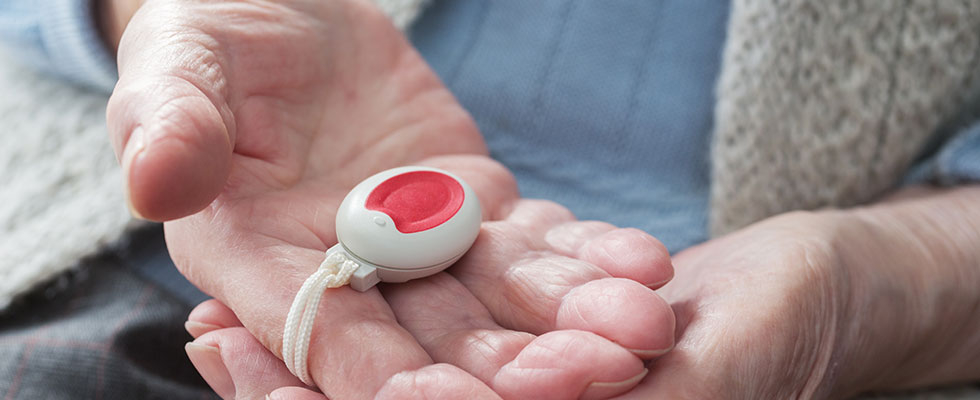
@ShahidNShah


Many years ago, after MobileHelp launched the beta test of a new remote patient monitoring (RPM) solution that added personal emergency response system (PERS) functionality to the mix, a remarkable thing happened: It worked exactly the way it was supposed to.
A congestive heart failure patient in the beta test noticed her blood pressure numbers were trending upward. After waking up on the third day to yet another higher reading, she also noticed she wasn’t feeling well. She pushed the “HELP” button on her RPM device and was soon explaining to an emergency operator that she needed emergency assistance.
When the emergency medical technicians arrived on the scene, she explained how she was feeling and that her blood pressure numbers were trending upwards. As a result, they immediately knew how to treat her, rather than having to go through the sometimes lengthy triage process to diagnose the problem—and they were able to address her situation with exactly the right level of care. It was a watershed moment for the company. Giving chronic care patients access to both vital signs and emergency help represented the type of patient-empowering technology that clients and providers need to ensure that an aging-in-place solution works.
Continue reading at homecaremag.com
As the healthcare industry shifts to more preventive, value-based care, AI provides guidance for early interventions that can prevent adverse outcomes, such as readmission or death. A study published …
Connecting innovation decision makers to authoritative information, institutions, people and insights.
Medigy accurately delivers healthcare and technology information, news and insight from around the world.
Medigy surfaces the world's best crowdsourced health tech offerings with social interactions and peer reviews.
© 2025 Netspective Foundation, Inc. All Rights Reserved.
Built on Apr 22, 2025 at 4:40am